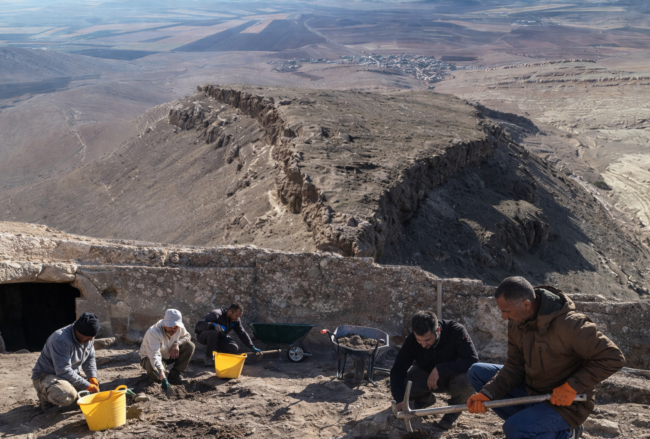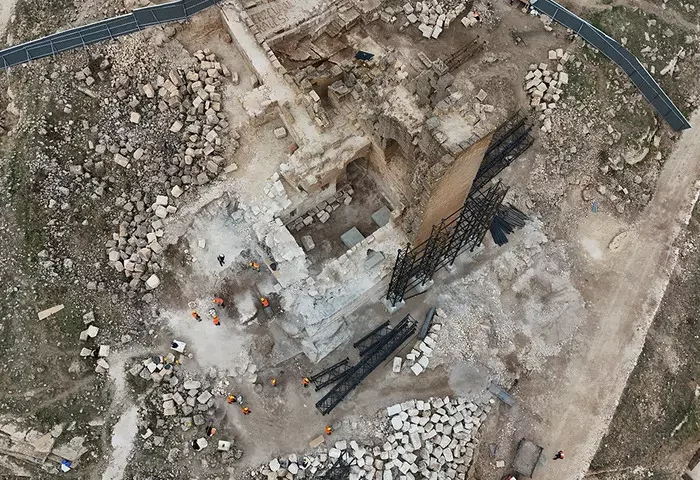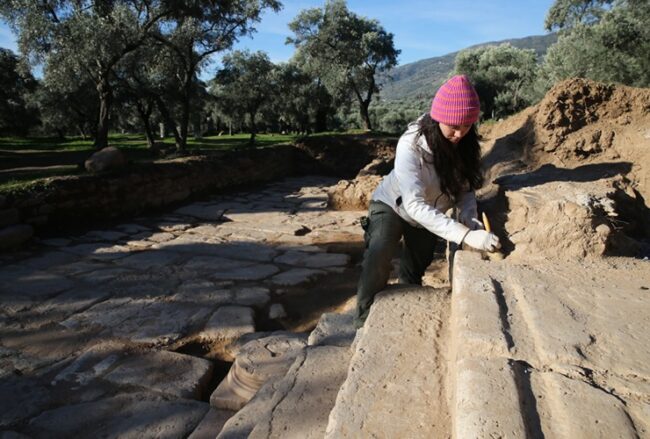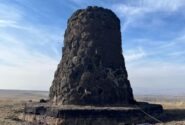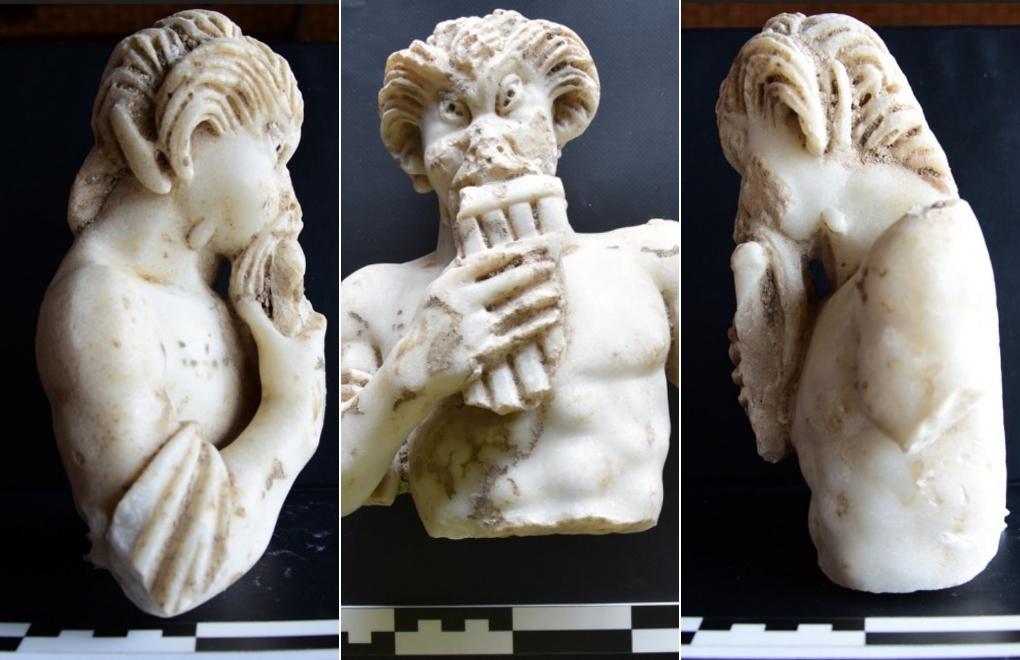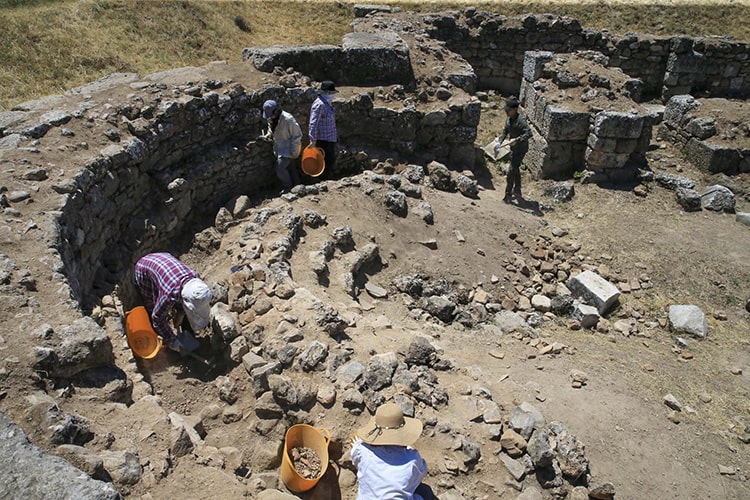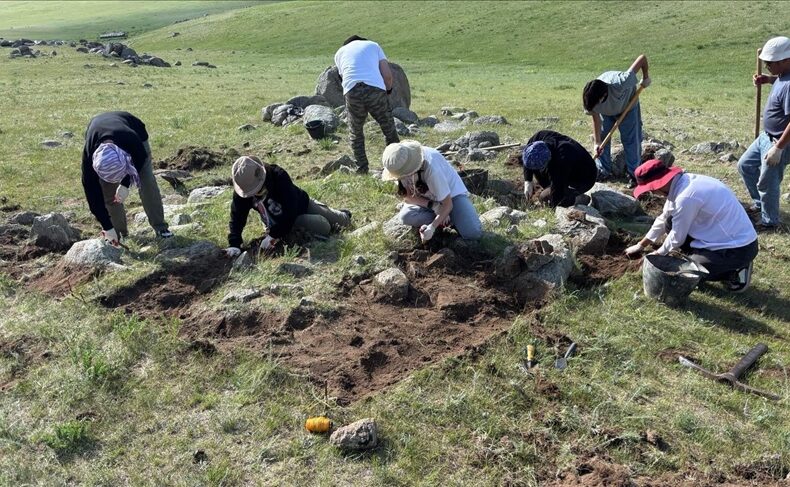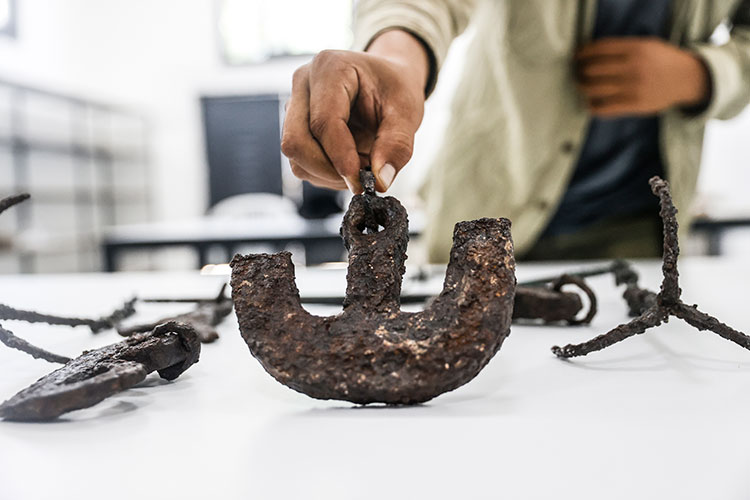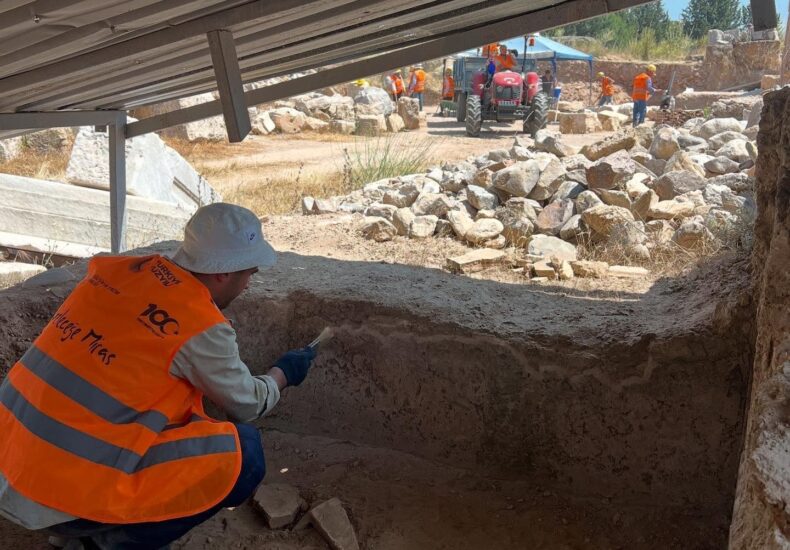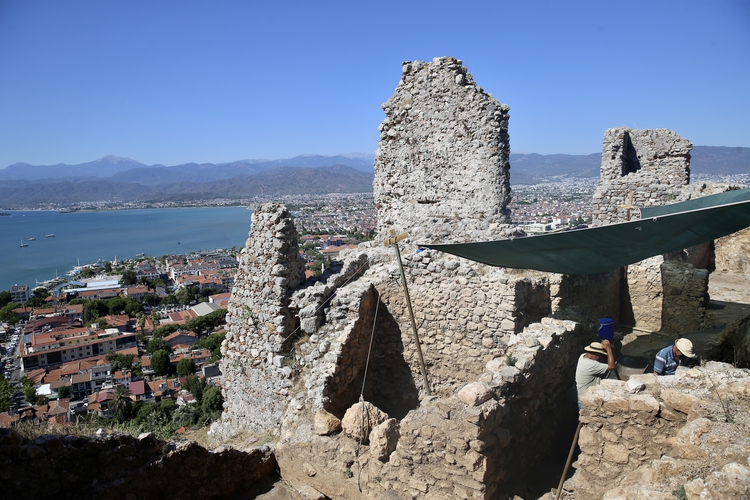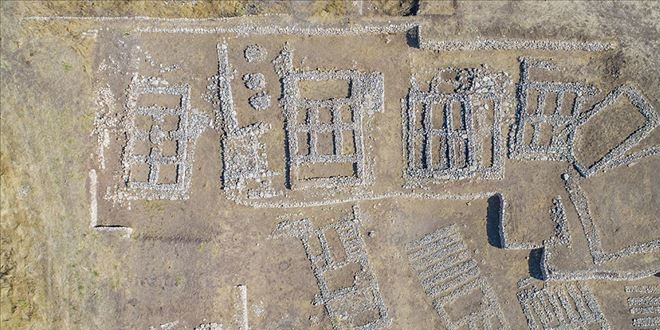Anatolian News . Southeastern Anatolia
Restoration Works to Expand at Zerzevan Castle, the Easternmost Garrison of the Roman Empire
Restoration efforts are set to enter a new phase at Zerzevan Castle, one of the most strategically significant military installations on the eastern frontier of the Roman Empire. While conservation work continues at the southern tower and the large basilica, plans are in place to extend restoration next year to the underground church, the Mithras

